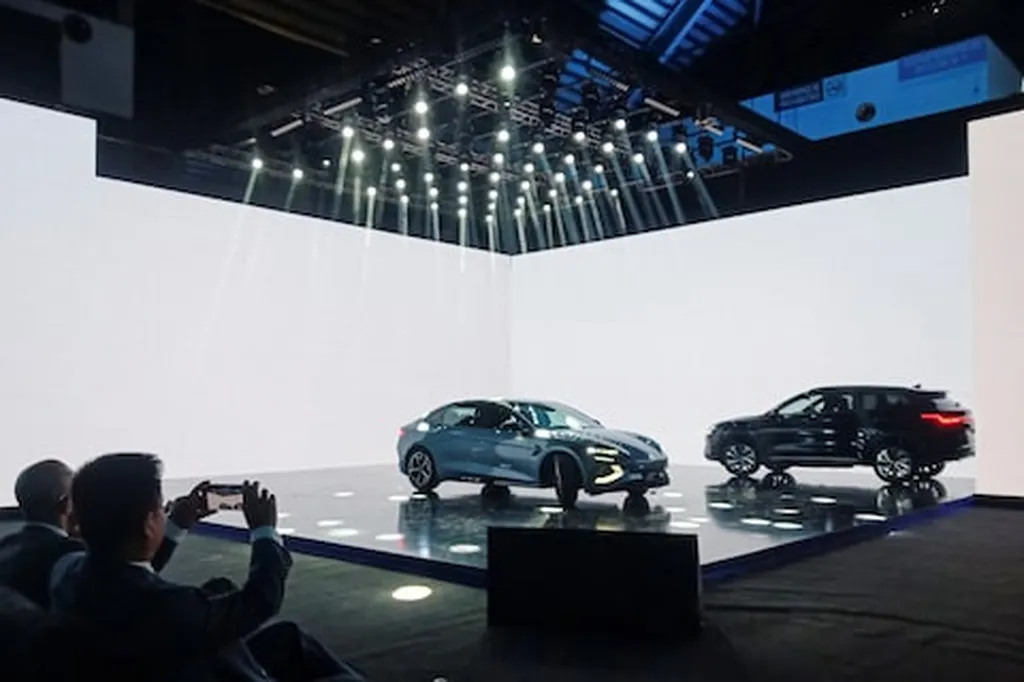In the bustling city of Lahore, Pakistan, where smog and environmental degradation have become pressing concerns, a new study offers a glimmer of hope for sustainable transportation. Rida Farhan, a researcher from the Department of Urban and Regional Planning at the NUST Institute of Civil Engineering, has delved into the factors influencing public willingness to adopt hybrid electric vehicles (HEVs). Published in the journal “Discover Cities” (translated to English), her work provides valuable insights that could shape the future of urban transportation and the energy sector.
Farhan’s study, titled “Understanding the adoptability of hybrid electric vehicles (HEVs): a case study of Lahore, Pakistan,” employs the extended valence theory framework to identify key factors driving the transition from traditional fuel-operated vehicles to HEVs. HEVs, which combine internal combustion engines with battery packs, offer a promising alternative to reduce greenhouse gas emissions from motor vehicles.
The research reveals that public interest in HEVs is significantly influenced by both positive and negative factors. Positive activation, including environmental awareness, environmental concerns, and perceived economic benefits, plays a crucial role, with an R-square value of 0.382. Negative activation, encompassing perceived risk and complexity, also impacts public willingness, with an R-square value of 0.279. Additionally, mass media influence and personal innovativeness were found to drive public intentions to adopt HEVs.
“Our findings suggest that mass media campaigns highlighting the environmental benefits and advanced technologies of HEVs can significantly increase public interest,” Farhan explains. “Addressing practical concerns, such as enhancing the availability of filling station repair shops and developing comprehensive infrastructure plans, can further encourage the adoption of this new technology.”
The implications of this research extend beyond Lahore, offering valuable insights for urban transportation policymakers and the energy sector. By understanding the factors that influence public willingness to adopt HEVs, stakeholders can develop targeted strategies to promote sustainable transportation systems. This shift could have a profound impact on the energy sector, driving demand for electric vehicle infrastructure and influencing the future of urban mobility.
As cities around the world grapple with environmental challenges, Farhan’s research provides a roadmap for encouraging the adoption of sustainable transportation technologies. By leveraging mass media campaigns and addressing practical concerns, policymakers can pave the way for a greener, more sustainable future. The energy sector, in turn, can capitalize on this shift, developing innovative solutions to meet the growing demand for electric vehicle infrastructure.
In the words of Rida Farhan, “The transition to sustainable transportation is not just an environmental imperative but also a commercial opportunity for the energy sector. By understanding and addressing the factors that influence public willingness to adopt HEVs, we can create a win-win situation for both the environment and the economy.”

